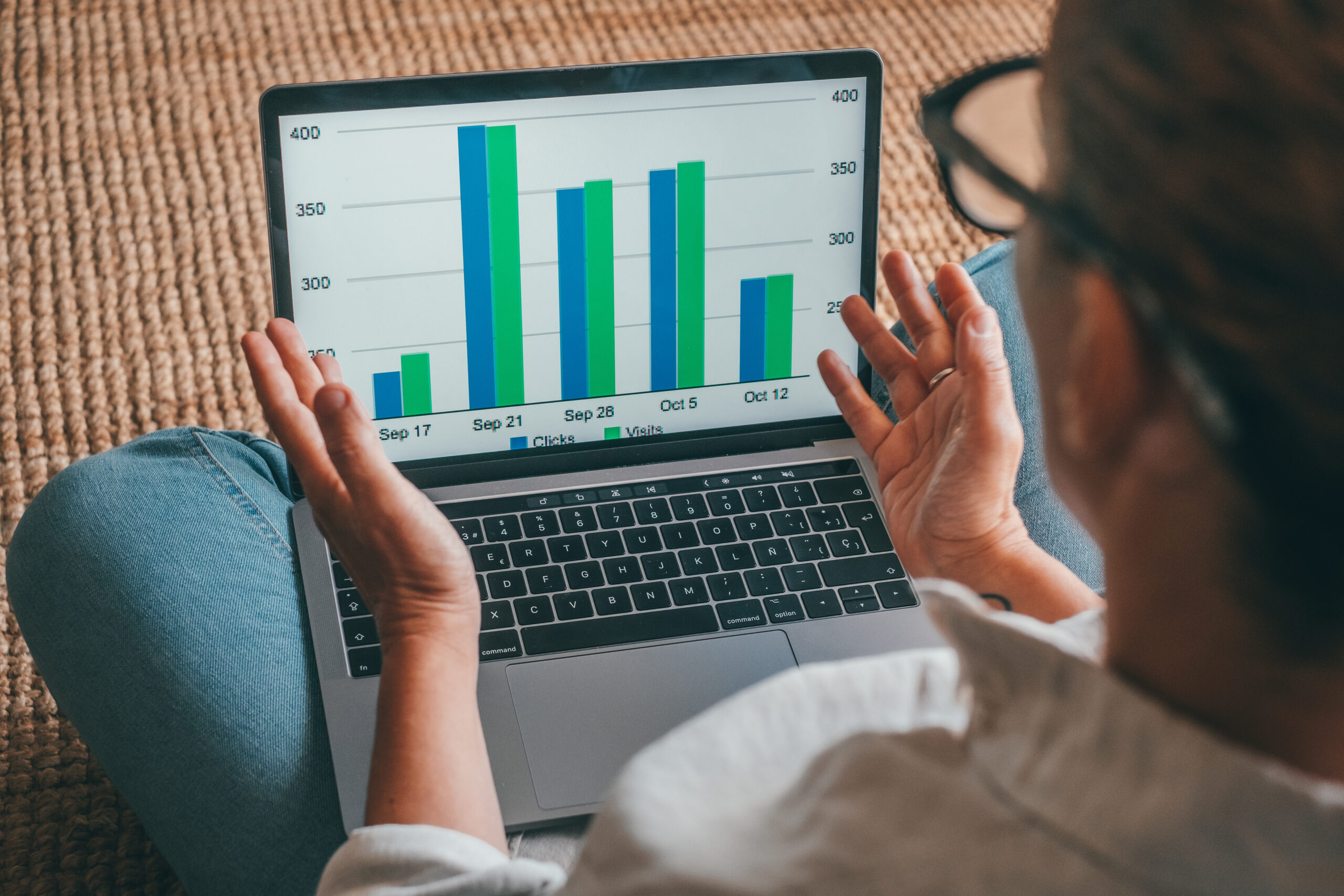Pay-Per-Click (PPC) Advertising in 2025: How to Maximize ROI with Smarter Campaigns
October 6, 2025
Digital Marketing
October 6, 2025

In the ever-evolving world of digital marketing, Pay-Per-Click (PPC) advertising remains one of the most powerful tools for driving targeted traffic, generating leads, and increasing online sales. Whether you’re running Google Ads, Meta Ads (Facebook/Instagram), LinkedIn Ads, or TikTok campaigns — PPC allows you to put your message in front of the right people at the right time, with measurable results. In this article, we’ll break down what PPC advertising is, how it works, what’s new in 2025, and how to optimize your campaigns for maximum ROI (Return on Investment). 🎯 What is Pay-Per-Click Advertising? PPC (Pay-Per-Click) is a digital advertising model where advertisers pay a fee each time their ad is clicked. Essentially, it’s a way to buy visits to your website, rather than earning them organically. The most common PPC platforms include: Google Ads (Search, Display, Shopping, YouTube) Meta Ads (Facebook & Instagram) LinkedIn Ads (for B2B) Microsoft Ads (Bing) TikTok Ads Pinterest Ads X Ads (formerly Twitter) ⚙️ How Does PPC Work? You create ads targeting specific keywords, audiences, or behaviors. You set a budget and bid amount (how much you’re willing to pay per click). Ads are shown to users on search engines or social media. You pay only when someone clicks on your ad — not when it’s viewed. Platforms use auction systems to decide which ads are shown and where. 🔑 Key Benefits of PPC Advertising ✅ Immediate ResultsUnlike SEO, PPC can drive traffic the moment your ads go live. ✅ Highly TargetedTarget users by location, device, age, interests, job title, keywords, shopping behavior, etc. ✅ Budget ControlSet daily, monthly, and lifetime budgets. Stop campaigns anytime. ✅ Performance TrackingMonitor impressions, clicks, conversions, and ROI in real time. ✅ ScalabilityEasily scale successful campaigns to reach larger audiences. 🚀 PPC Trends in 2025 1. AI-Powered Campaigns Platforms like Google Ads and Meta Ads now rely heavily on machine learning to optimize bids, targeting, and creative delivery. 🔍 Tip: Use AI-powered tools, but feed them with high-quality data and creative assets. 2. Automation & Smart Bidding Manual bidding is fading. Smart bidding strategies like Target CPA, Maximize Conversions, and ROAS-based bidding are now standard. ⚙️ Tip: Start with automated bidding, then refine based on performance insights. 3. Audience Over Keywords With search behavior becoming more complex, audience intent and behavior are becoming more important than exact match keywords. 🎯 Tip: Layer audience segments on top of search campaigns (e.g., past website visitors, in-market users). 4. Video & Visual Ads Dominate Platforms prioritize visual content — especially short-form video ads. 📹 Tip: Create engaging 6–15 second videos for TikTok, Reels, and YouTube Shorts. 5. Conversion API & First-Party Data With increasing privacy regulations and the loss of third-party cookies, businesses must use server-side tracking (e.g., Meta CAPI, Google Enhanced Conversions). 🔐 Tip: Build and leverage your own customer data for better targeting. 💸 Types of PPC Campaigns Search Ads (Google/Bing)Show text ads when users search for relevant keywords. Display AdsBanner/image ads across Google Display Network or other publisher sites. Shopping AdsShow product listings with images, prices, and store info. Social Media AdsHighly visual, targeted ads on Facebook, Instagram, TikTok, LinkedIn, etc. Video AdsRun video ads on YouTube and other video platforms. Remarketing CampaignsRe-engage users who visited your site but didn’t convert. 📊 Key PPC Metrics to Track Metric What It Means CTR (Click-Through Rate) % of people who clicked your ad after seeing it CPC (Cost Per Click) How much you pay per ad click CPA (Cost Per Acquisition) How much it costs to gain one lead/sale ROAS (Return on Ad Spend) Revenue earned for every $1 spent Quality Score Google’s rating of your ad relevance, landing page, and CTR 🧠 Best Practices for Successful PPC Campaigns Define Clear Goals Awareness, traffic, leads, or conversions? Research & Use the Right Keywords Focus on intent-driven and long-tail keywords. Write Compelling Ad Copy Clear, benefit-focused headlines and strong CTAs (Call-to-Actions). Design High-Converting Landing Pages Speed, relevance, and mobile optimization matter. Use A/B Testing Continuously test ad creatives, headlines, visuals, and CTAs. Implement Conversion Tracking Use Google Tag Manager, Meta Pixel, LinkedIn Insight Tag, etc. Monitor & Optimize Adjust bids, keywords, and targeting based on real-time data. ❌ Common PPC Mistakes to Avoid Targeting too broad or too narrow Sending traffic to a generic homepage Ignoring mobile optimization Not excluding irrelevant keywords (negative keywords) Letting campaigns run without regular review 🧭 Final Thoughts: PPC Is About Precision and Performance PPC advertising in 2025 is more intelligent, automated, and competitive than ever. But with the right strategy, tools, and creativity, it can become your most profitable marketing channel. Start with clear objectives, optimize constantly, and use data to guide every decision. Whether you’re a small business or a large enterprise, a well-executed PPC strategy can generate immediate and scalable growth.